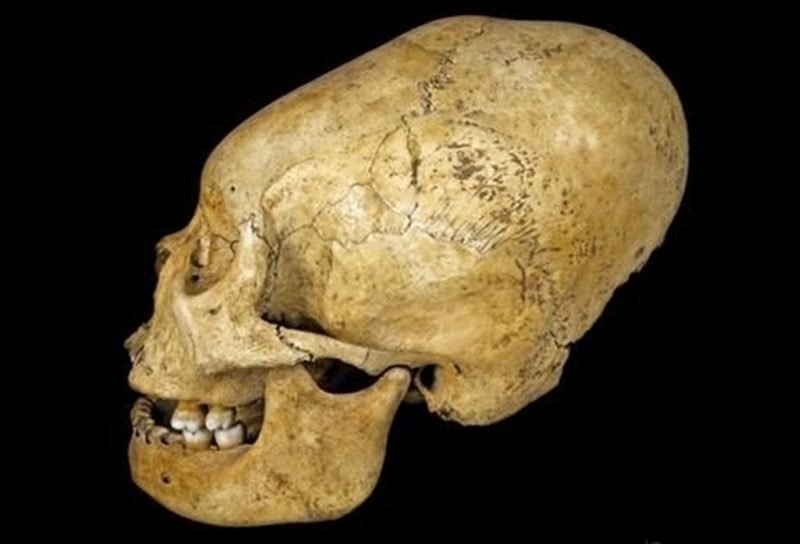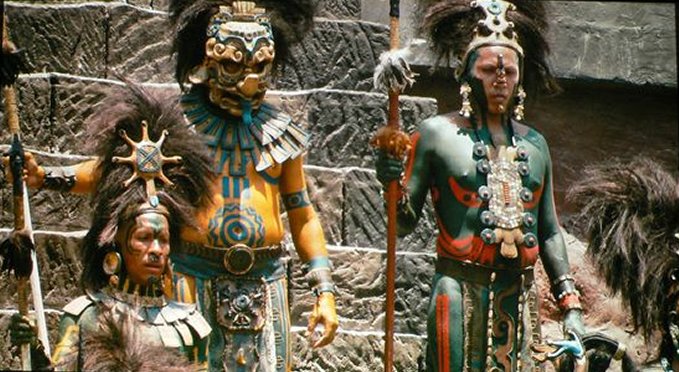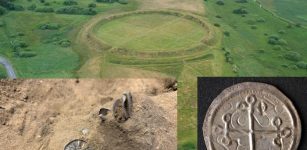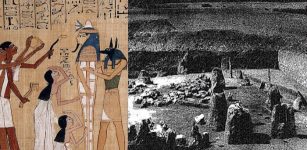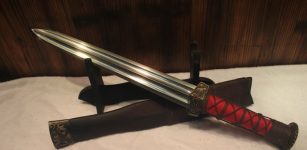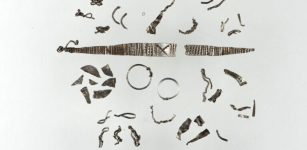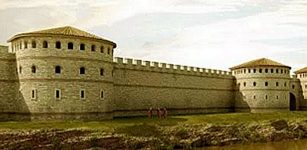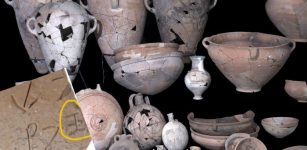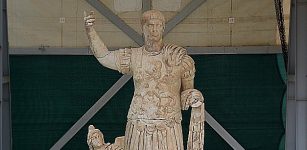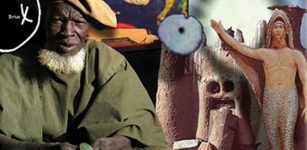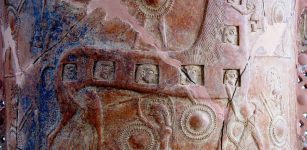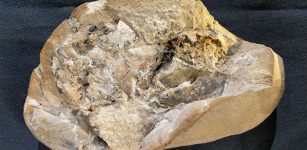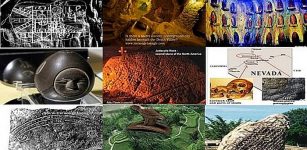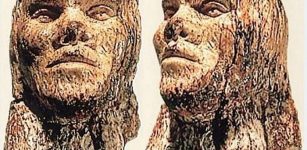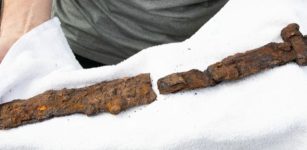Ancient Cranial Modification In Peru Led To Social Inequality
AncientPages.com - Body modification was very important to several ancient civilizations. In Mesoamerica the Aztecs, the Maya as well as the Olmecs practiced extensive body modification often for ritual or ceremonial purposes.
Various head-shaping practices were widespread not only in Mesoamerica, but also in South America.
However, researchers now suggest that cranial modification was not always beneficial for the individual. Scientists examined cranial modification practices during the Late Intermediate Period in Peru's Colca Valley and discovered that head-shaping practices enabled political solidarity and furthered social inequality.
Proto Nazca deformed skull, c 200-100 BC. Credit: Wikipedia
Cranial modification is a deliberate, permanent, and highly visible identity marker that is inscribed during infancy. Head shape may have served as an indicator of ethnic affiliation, kin categorization, or geographic origin.
Archaeological and ethnohistoric data offer insights into the head-shaping practices of two major ethnic groups in the Colca Valley, the Collaguas and the Cavanas. The Collaguas employed methods to make their heads assume a longer, narrower shape while the Cavanas sought to make their heads wide and squat.
To analyze how the frequency and significance of cranial modification changed over time, skeletal samples were collected from two mortuary sites in the Collagua region and submitted for radiocarbon measurement.
Researchers now say that increased homogeny of head shapes in the Late Intermediate Period (AD 1100-1450) suggests that modification practices contributed to the creation of a new collective identity, and while cranial modification consolidated prior social boundaries, the author argues that the standardization of these practices may have exacerbated emerging social differences.
See also:
Ancient History Of Body Modification In Mesoamerica Practiced By The Aztecs, Maya And Olmecs
Aztecs: Facts And History About The Ancient And Powerful Mesoamerican Civilization From Aztlán
Puzzling Palpa Lines In Peru Made By The Paracas Culture Are Even Older Than The Nazca Lines
Acting as a signifier of affiliation, head shape may have encouraged unity among elites and fostered increased cooperation in politics. Involvement in political and social matters may have, in turn, elevated the status of modified individuals and conferred on them distinct privileges that were not available to unmodified individuals.
Bioarchaological evidence also suggests that modification practices reinforced structures of inequality that prioritized modified females. Compared to unmodified females, modified females possessed greater access to diverse food options and were less likely to encounter violence.
AncientPages.com
Expand for references
